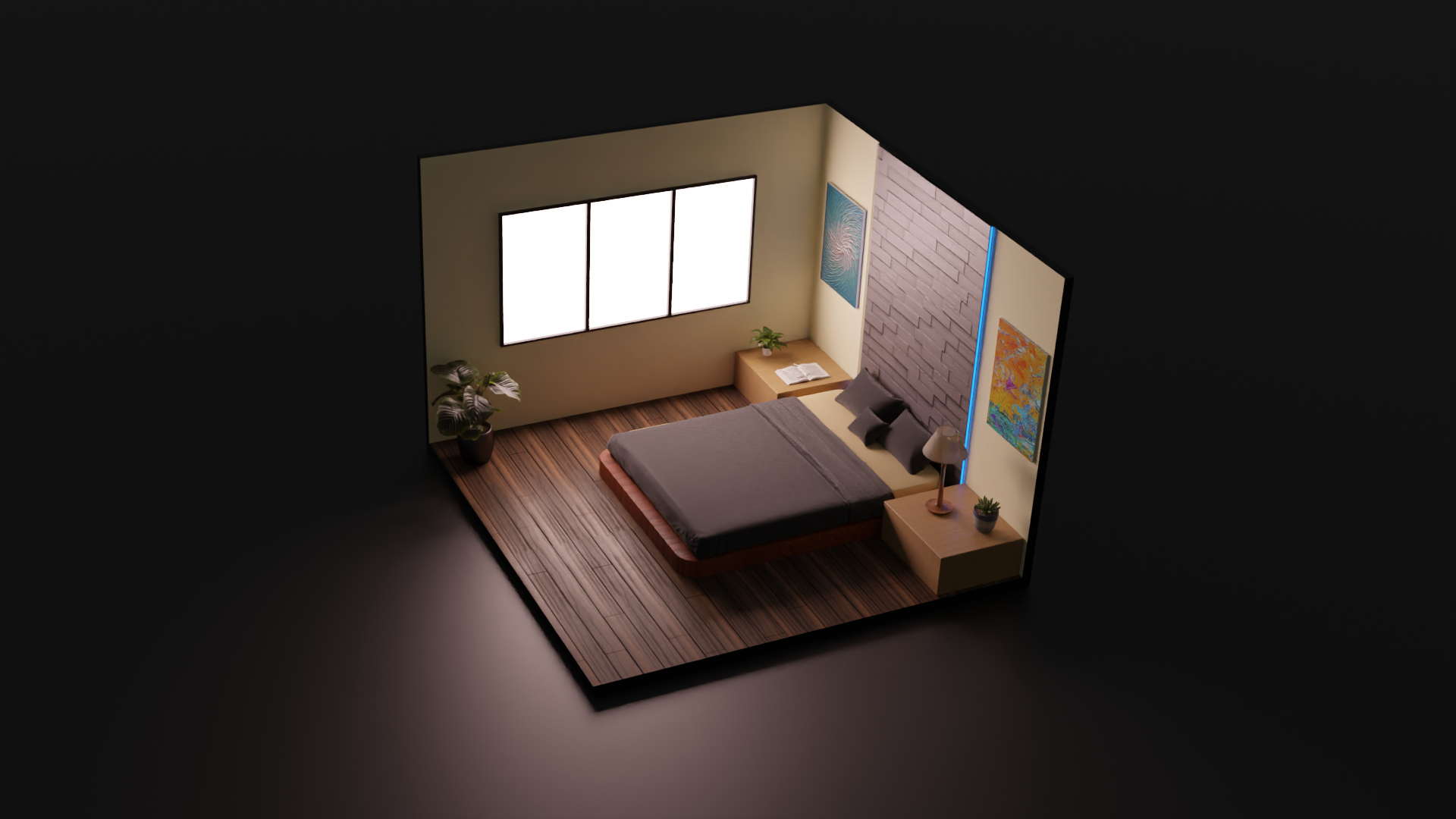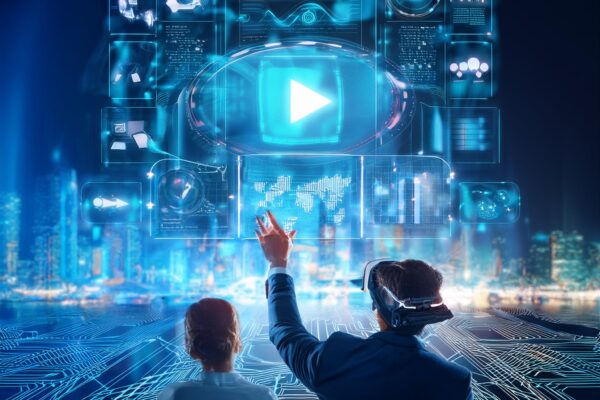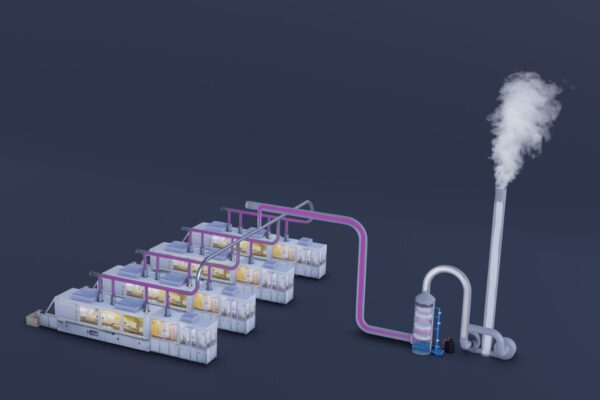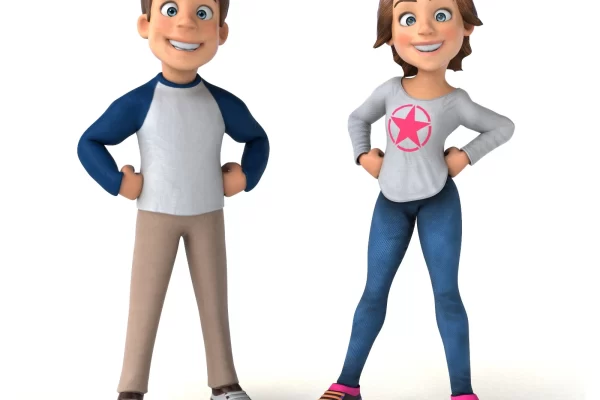
Definition – 2D vs 3D Animation
Let’s talk about 2D vs 3D Animation. 2D animation is the classic, hand-drawn style that makes you feel all nostalgic. Think of those old-school Disney movies or classic Looney Tunes shorts. It’s all about creating those flat, illustrative worlds that just ooze personality.
Then you’ve got 3D animation, which is like the new kid on the block. With 3D, everything gets an extra dimension of depth and realism. The characters and environments look like they could just pop right out of the screen. From Pixar flicks to video game cut-scenes, 3D lets you craft these mind-blowingly detailed worlds.
Both styles have their charms, and animators often mix and match them to create something truly unique.
Lets see in detail the main 10 differences between 2D vs 3D animation
Visual Style and Aesthetic Differences
Let’s talk 2D animation styles! This medium has such a wide variety of aesthetics and it’s interesting to break them down. You’ve got your classic hand-drawn look which just radiates charm and personality. The imperfections and linework give it such a warm, art rich aesthetics. Every style has its own unique flavour. The grainy, texture-filled world of stop-motion is just delightful.
When it comes to 3D animation, there’s a ton of different visual styles and aesthetics you can go for. It’s not just a one-size-fits-all deal. You’ve got your more realistic, ultra-detailed 3D renders that look almost like live-action footage. Think like the latest Pixar movies or those fancy CGI commercials. The level of detail in the textures, lighting, and effects is just insane.
Production Process
Steps in Creating 2D Animation
Concept and Storyboarding: Initial sketches and storyboard creation.
Animatics: test animation that provides a clear scope of the potential final frames
Design: Character and background designs.
Animation: Frame-by-frame drawing or digital animation.
Compositing: Combining all elements.
Final Touches: Adding sound, music, and effects.
Steps in Creating 3D Animation
Concept and Storyboarding: Planning and sketching ideas.
Modelling: Creating 3D models of characters and environments.
Rigging: Building skeletons for movement.
Animation: Moving the models.
Texturing and Lighting: Adding details and light effects.
Rendering: Producing the final output.
Post-Production: Adding sound, music, and special effects.
Tools and Software
Popular 2D Animation Software
We have software like Toon Boom Harmony, Adobe Animate, and Clip Studio Paint. These are like the powerhouses of 2D animation. With their drawing tools, rigging systems, and timeline features, you can create some seriously smooth and fluid animations.
Popular 3D Animation Software
Let’s dive into 3D. The big king in this space is Autodesk Maya. This powerful software is used by major studios for creating mind-blowing 3D animations, visual effects, and even video game assets. Other contenders include 3ds Max, Blender (which is free and open-source, by the way), and Cinema 4D.
Cost and Budget
Budget Considerations for 2D Animation
There are plenty of budget-friendly tools out there that’ll get the job done just fine. The key is finding the right balance between features and cost. 2D animation can be more affordable, especially for simpler projects. However, complex and detailed animations can still be costly due to the labour-intensive nature of frame-by-frame animation.
Budget Considerations for 3D Animation
If you’re looking to go all-in on 3D animation, be prepared to shell out some serious cash.3D animation typically requires a larger budget due to the need for sophisticated software, powerful hardware, and specialised skills. High-end software like Maya or 3DS Max will set you back a few grand, not to mention the cost of a beefy computer to run them smoothly. But hey, that’s the price you pay for top-notch tools used by the big studios.
Time and Efficiency
Time Required for 2D Animation Projects
A simple, no-frills 2D animation that’s just a few seconds long could take anywhere from a couple of days to a week or two. But if you’re aiming for something more elaborate, with multiple characters, detailed backgrounds, and all the bells and whistles, you could be looking at several months of work.
Time Required for 3D Animation Projects
The biggest thing that’ll impact the schedule is the number of frames required. More frames = more work = more time. A standard 90-second animation clocks in around 2,700 frames. Compare that to a feature-length film which can have over 200,000 frames, and you can see why those take forever to make.
Flexibility and Versatility
Flexibility in 2D Animation
2D animation offers flexibility in style and creativity. With 2D animation, you’re not limited by the constraints of the real world. Want your character to defy gravity? No problem! Need them to stretch like a rubber band? Easy peasy! The only limit is your imagination. From sleek and minimalist to wild and wacky, 2D animation lets you play around with different looks.
Versatility in 3D Animation
3D animation isn’t just for those epic blockbuster movies or mind-bending video games anymore. Nope, it’s gone mainstream and is now a staple in everything from product demos and architectural visualisations to medical training simulations and even those quirky social media ads that keep you scrolling.
Applications and Use Cases
Common Uses for 2D Animation
One of the biggest uses is in motion graphics and kinetic typography videos. You know those slick animated logos, intros, and text videos you see everywhere online? Yep, that’s 2D animation at work creating all that visual candy.
And let’s not forget about animated explainer videos! Companies use simple 2D character animations to break down complex topics in a fun, easy-to-understand way. Much more engaging than a boring ol’ PowerPoint deck.
Common Uses for 3D Animation
You might not realise it, but 3D animation is all around us these days. Basically, if you want to show off something in a vibrant, eye-catching way, 3D animation is the way to go. The best part? The animation can be as realistic as you want. You can make things look exactly like the real world, or you can dream up a crazy fantasy universe. It’s all up to you!
Market Demand and Popularity
Current Trends in 2D Animation
2D animation games have levelled up big time. There are some incredibly stylish and sophisticated images that are challenging 3D in terms of realism. From indie games to big-budget movies, 2D is flexing its artistic muscles and showing off its versatility. Platforms like YouTube and social media have seen a resurgence in 2D animated content, driven by independent creators and small studios.
Current Trends in 3D Animation
If you’re into cool visuals and mind-bending graphics, you gotta check out what’s happening in the world of 3D animation these days. It’s like the animators have been chugging crazy shakes that unlock insane levels of creativity. These animators are using cutting-edge techniques to tell stories in ways we’ve never seen before. They’re playing with perspectives, messing with timelines, and generally bending reality to their will.
Skill Set and Training
Skills Needed for 2D Animators
Let’s talk about the sweet skills you’ll need to become a 2D animation wizard! First up, you gotta have an eye for detail and a knack for bringing characters to life. We’re talking about creating expressive movements, exaggerated poses, and all the little quirks that make your animations enhance.
Skills Needed for 3D Animators
You’ll need a solid understanding of animation principles. Things like timing, squash and stretch, anticipation, and follow-through are essential for creating believable and engaging animations. It’s like the secret sauce that flavours your motion.
Animating for Different Platforms
For 2D
The magic of optimising your 2D animations for different platforms comes in. Whether it’s a website, a mobile app or even TV, each platform has its own quirks and requirements. It’s like trying to fit a square peg into a round hole. For the web, you’ll want to keep file sizes low and use formats like HTML5 canvas or WebGL for smooth performance. Mobile apps, on the other hand, might require you to compress those animation files even further to save on precious data and battery life.
For 3D
When it comes to 3D animation, you gotta think about where your work is going to be shown. The platform you’re animating for can make a huge difference in how you approach the project. If you’re animating for the big screen, you can go all out with crazy details and high textures. No matter the platform, good animation principles are still the foundation. But understanding the technical constraints of each medium is crucial.
Conclusion
In 2024, the key difference between 2D vs 3D animation remains significant, each offering unique strengths and challenges. 2D animation continues to charm with its artistic flexibility and nostalgic appeal, making it a favourite for storytelling in television, advertising, and independent projects. On the other hand, 3D animation pushes the boundaries of realism and immersion, dominating in fields like film, gaming, and virtual reality.
FAQs
What is the main difference between 2D and 3D animation?
A- Let’s talk about 2D vs 3D animation: 2D animation creates movement in a flat, two-dimensional space, while 3D animation involves creating characters and environments in a three-dimensional space, providing depth and realism.
Can a project use both 2D and 3D animation?
A- Yes, hybrid animations that combine both 2D and 3D elements are quite common. This approach can leverage the strengths of both styles to create unique and engaging visuals. You see in “Across the spider verse” , there are many games as well that mix these style to provide a unique visual
How do I choose between 2D and 3D animation for my project?
A- Consider factors such as the project’s goals, target audience, budget, and timeline. 2D animation is ideal for artistic and stylistic projects, while 3D animation is better suited for realistic and immersive experiences. At the end ,its one’s own taste that push them towards either of them




